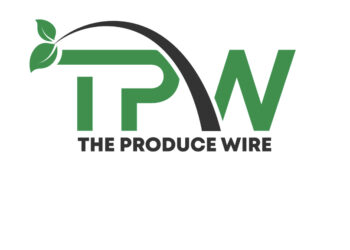Ready to catch up on the latest in the food and beverage industry? Our top five articles for August explore how Electronic Data Interchange aids traceability, the FDA’s ban on brominated vegetable oil, and three key strategies to boost employee retention.
#1. FDA New Traceability Rule: Ensuring Food Safety With Electronic Data Interchange
The final rule of the Food and Safety Modernization Act (FMSA) is designed to hasten the detection and removal of food that has potentially been contaminated from the market. Learn about critical tracking events (CTEs) and key data elements (KDEs), and how electronic data interchange technology can help ensure compliance with these requirements.
#2. The FDA’s Ban on Brominated Vegetable Oil: What F&B Manufacturers Need to Know
The FDA’s recent decision to ban the use of brominated vegetable oil (BVO) as a food additive was issued due to health concerns, including thyroid toxicity. Since the ruling took effect on August 2, 2024, companies will have one year to discontinue sales of products containing BVO.
#3. Mitigating the Impact of Inflation on Food and Beverage Manufacturers
Guest author Matthew Riesenbach of ECI Software Solutions discusses the continuing influence of inflation in the food and beverage industry and specifically explores the use of enterprise resource planning (ERP) solutions to streamline operations and provide real-time insights. These systems can provide stability during uncertain periods and also aid in future planning.
#4. Investing in the Employee Experience: 3 Key Strategies for Improving Worker Retention
This article explores three key strategies to create a positive work environment and retain employees, including offerings like competitive pay and flexible scheduling. Connected worker platforms are also discussed as a means of boosting employee engagement.
#5. How AI is Shaping Customer Interaction with Food Brands
Eric Jang, CEO of DeepBrain AI, writes about the various ways AI can help food companies process large amounts of information, including personalization, demand forecasting, and real-time responsiveness. Companies who use AI in this early stage could gain a competitive edge and also exceed customer expectations.














